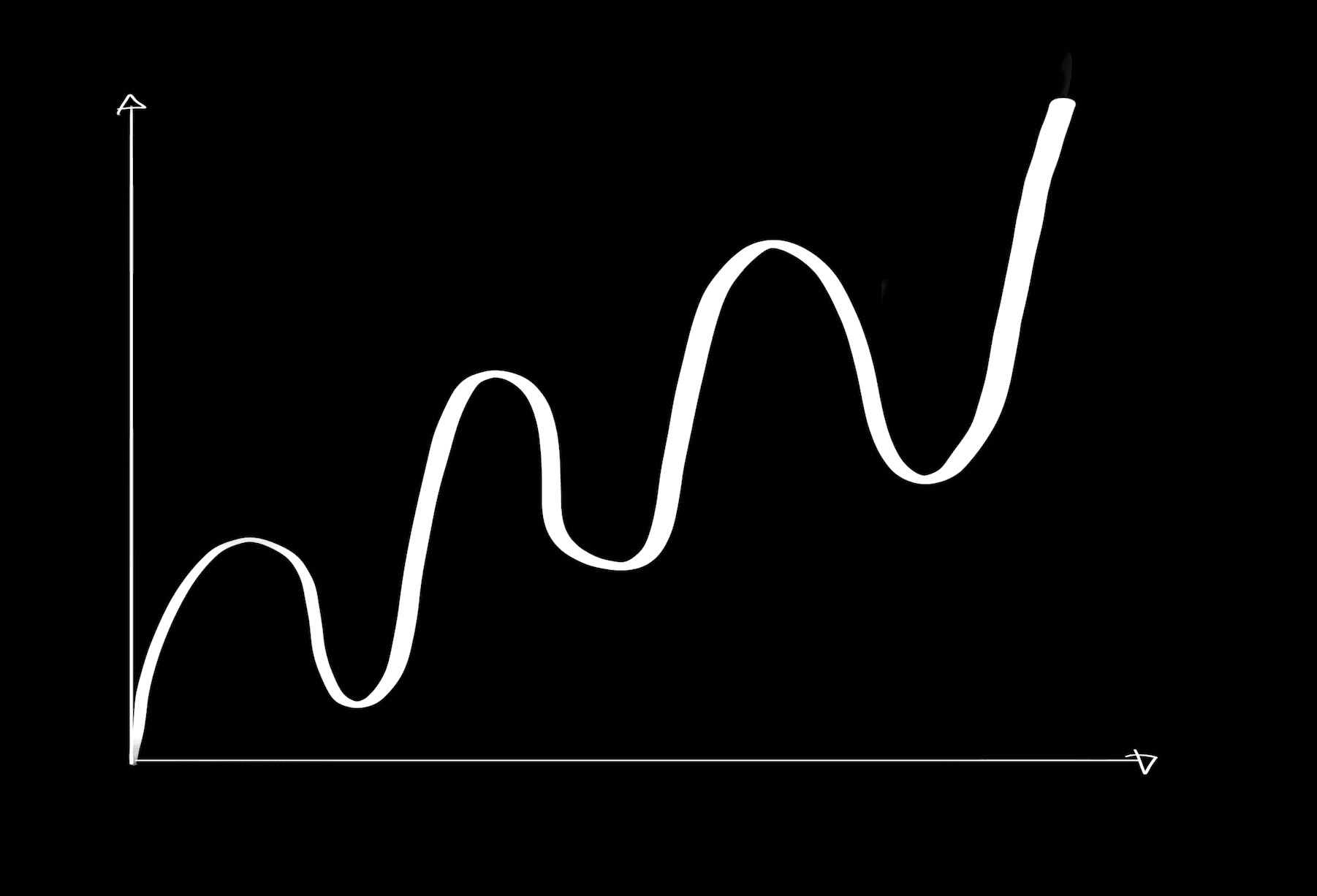You should do work in order.
If you want to move fast, there is the temptation to multi-task.
Solving a problem only to 80% and then continuing with the next 3 things that are on your mind.
The problem with not doing work in order is that you will pay interest on the shortcuts you take down the line.
So the idea of moving fast by cutting corners and not doing things right, and in order, from the start doesn’t exist.
It’s an illusion of progress.
And paradoxically, it will make you slower.
Right now, I am working with a talented engineer who moves extremely fast.
We scoped out a project, and they started building quickly.
The first few days looked impressive, moving extremely fast on all of the things that were in scope.
But then after a few days, the visible progress slowed.
Why?
Because they cut corners on the fundamental building blocks which had to be done right.
And now, the whole implementation grew into unneeded complexity, making every other change more costly in terms of time and thinking power.
Especially in software, not doing things in order hurts progress the most because of the interdependencies that exist in software.
This temptation of not doing work in order grows even larger with AI.
When you’re using Cursor to write code, you get into this illusion of speed where you can build 80% of things in a few hours.
But this comes at the cost of keeping control over the fundamental building blocks which are the foundation.
And if the foundation is screwed, you will spend too much time on tricks and band-aids that attempt to fix a foundational flaw, which makes the whole project significantly slower.
Instead, you should go through the hard, painful thing and fix the foundation first.
Doing the work in order.
You can think of this like building a house.
If the foundation of the house is screwed, everything else becomes harder, more costly, slower, and eventually leads you to needing to demolish everything and start over.
Another version of this problem is that builders are now tempted to add many things because it will just take a few prompts.
The side effect of this is that you will add things which shouldn’t exist.
And structure them in a way that grows in complexity. Because AI is not good at making good fundamental decisions if you are not careful and explicit in the way you instruct it, which is a direct product of the depth and clarity in your thinking.
To reference Dieter Rams: make less but better things.
A product is not getting better by adding more, but by getting the foundation even better. Focusing your energy on the things that truly matter.
I’ve made this mistake many times across many projects.
So the insight is this:
There is an optimal sequence of steps, an order, you should follow to create the best result in the fastest time.
The moment you cut corners, don’t think deeply about the core issues, AI will make this problem even worse.
Move step by step, getting each critical step required for your product’s success right. And this requires deep thinking and care, not outsourcing your thinking to an LLM.
There is a likelihood of things changing in the future as models become more powerful.
But for the time being, the heuristic is simple:
Do work in order. Don’t cut corners. Go through the hard problems first, and do it right from the start.

